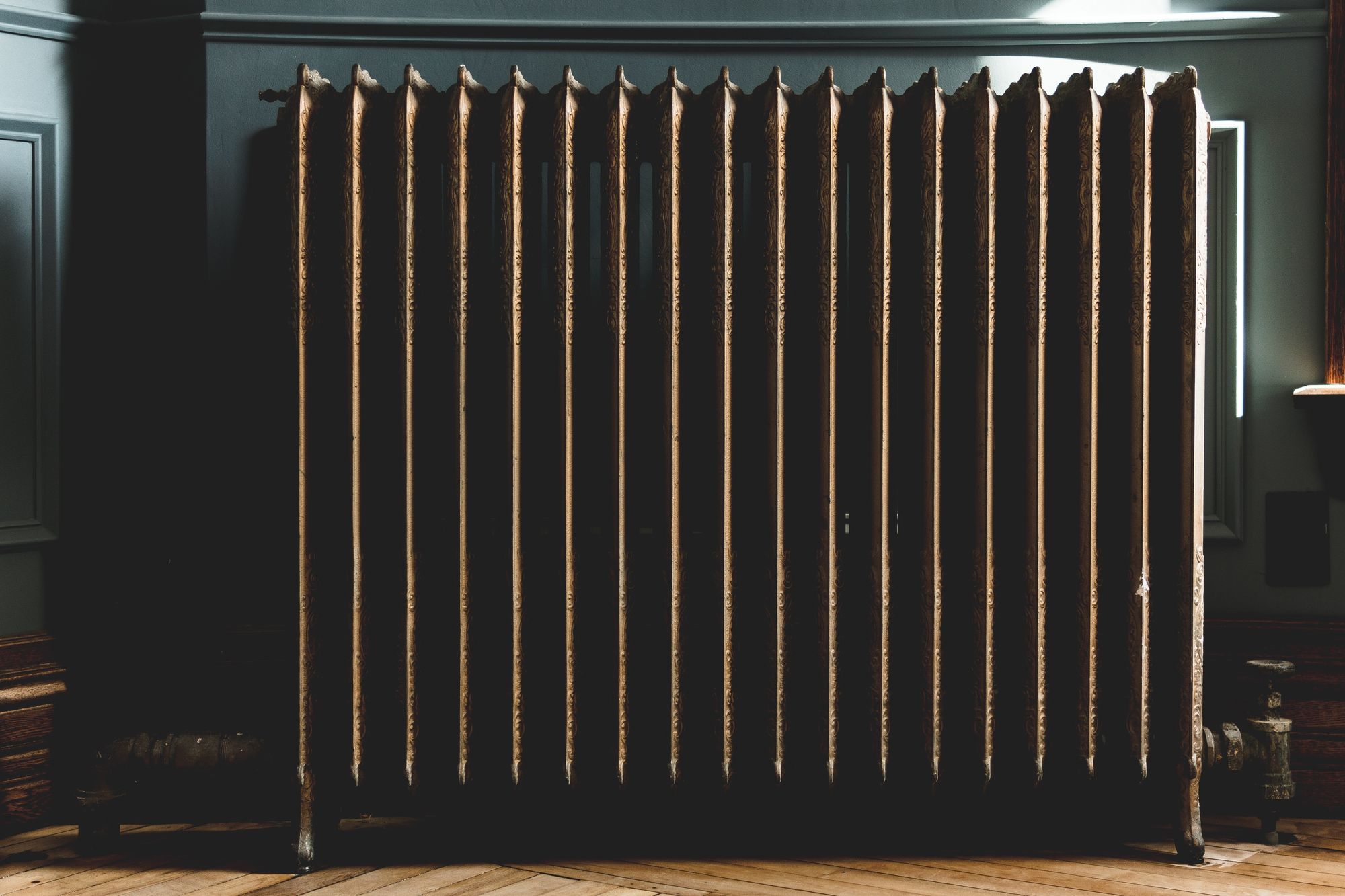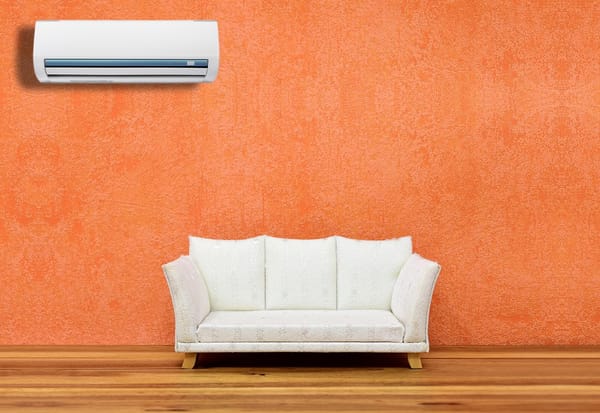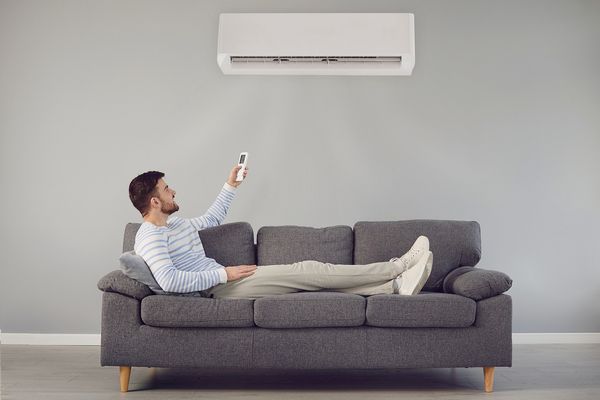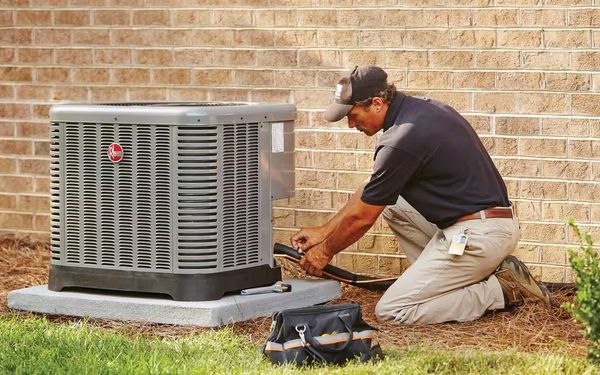Choosing the right heating system for your home is a decision that will impact both your comfort and your utility bills for years to come. When it comes to residential heating, two of the most common options are baseboard heating and forced air systems.
Both systems come with their advantages and drawbacks. In this guide, we will delve into the world of baseboard heating vs. forced air to help you make an informed decision.
Baseboard Heating: An Overview
Baseboard heating can be found in two primary forms: electric and hydronic.
Electric Baseboard Heaters
These heaters are individual units installed along the baseboard of each room. They convert electrical energy directly into heat, which then radiates into the room.
Hydronic Baseboard Heaters
These systems use a boiler to heat water, which is then circulated through pipes into baseboard units. The heat from the water radiates into the room.
Advantages of Baseboard Heating
Consistent Heat
One of the biggest advantages of baseboard heating is that it provides even, consistent warmth. There are no cold blasts of air or sudden temperature fluctuations.
Quiet Operation
Baseboard systems are inherently quieter than forced air systems, as there are no ducts or fans blowing air.
No Ductwork Required
This makes them especially suitable for older homes where installing ducts might be challenging or costly.
Individual Room Control
Each unit can be controlled individually, allowing for zoned heating and more energy efficiency in spaces that are less frequently used.
Drawbacks of Baseboard Heating
Slower Heat Response
Baseboard heaters can take longer to warm a room compared to forced air systems.
Higher Electricity Bills
Electric baseboard heaters, in particular, can be less efficient than other heating methods, leading to potentially higher utility costs.
Maintenance
Hydronic systems require maintenance of the boiler and can be prone to leaks.
Forced Air Systems: An Overview
Forced air systems use a furnace or heat pump to heat air, which is then distributed throughout the home via ductwork and vents. The air is blown into each room by a fan.
Advantages of Forced Air
Quick Heating
Forced air systems can heat a room quickly, providing almost immediate comfort during cold days.
Filtering and Humidifying
These systems can be equipped with filters to improve air quality and humidifiers to maintain comfortable moisture levels.
Cooling Capabilities
The same ductwork used for heating can be used for cooling if you have a central air conditioner or heat pump, making it a versatile choice for year-round comfort.
Energy Efficiency Options
With advancements in technology, modern forced air systems can be incredibly efficient, especially when combined with smart thermostats.
Drawbacks of Forced Air
Noise
The blowing of air can be louder, especially when the system starts up.
Duct Maintenance
Ducts need to be cleaned regularly to maintain air quality and efficiency.
Inconsistent Temperatures
Some areas of the home may experience cold spots or drafts if the duct system isn't well-designed or balanced.
Factors to Consider
Before you make your final decision, consider these additional factors:
Installation Costs
While baseboard heaters might seem like a less expensive option initially, the costs can add up if you're installing them in multiple rooms. Conversely, the upfront cost of installing a forced air system can be higher, especially if your home lacks existing ductwork. However, the versatility and potential energy savings could offset these costs over time.
Energy Sources
Your location and the availability of certain energy sources can influence the choice. For instance, if you live in an area with cheaper electricity rates, electric baseboard heaters might make more financial sense. However, if natural gas is more affordable in your region, a gas furnace for a forced air system might be the economical choice.
Home Design
The design and layout of your home can also sway your decision. Open floor plans, which are popular in many modern homes, tend to benefit from the uniform distribution of forced air systems. Meanwhile, homes with multiple smaller rooms or segmented areas might benefit from the zoned heating approach of baseboard systems.
Long-Term Plans
If you're planning to live in your home for a long time, you might prioritize efficiency and comfort over initial costs. Conversely, if you're thinking of selling your home in the near future, consider what potential buyers in your area might prefer.
Air Quality Concerns
If someone in your household has allergies or respiratory concerns, the air filtering capabilities of forced air systems can be a significant advantage. Remember to maintain and change the filters regularly to maximize this benefit.
Aesthetic Considerations
While functionality is paramount, aesthetics can't be entirely ignored. Baseboard heaters require wall space and can limit furniture placement in a room. On the other hand, vents and ducts from forced air systems need to be strategically placed to ensure they blend seamlessly with your home's design.
In Conclusion
In the battle between forced air heating systems and baseboard heating systems, the ideal choice truly hinges on individual preferences and household needs. While forced air heating system fans laud its ability to quickly disperse warm air and also provide cool air during hotter months, especially when paired with heat pumps, proponents of baseboard heat emphasize its consistent warmth and noise-free operation.
Moreover, if you're drawn towards a sleeker appearance, the discreet design of a baseboard heater might appeal to you more than vents distributing hot or cold air. On the matter of efficiency, advancements in both realms have propelled them to be more energy efficient than ever before. Ultimately, whether you lean towards the enveloping embrace of baseboard systems or the versatile capabilities of forced air, you're investing in modern technologies designed to keep your space comfortable through every season.






